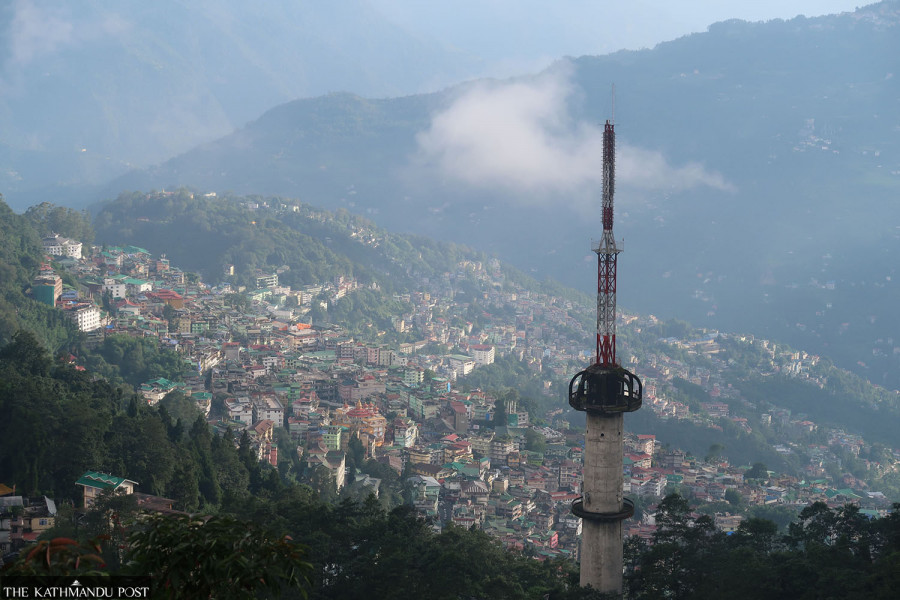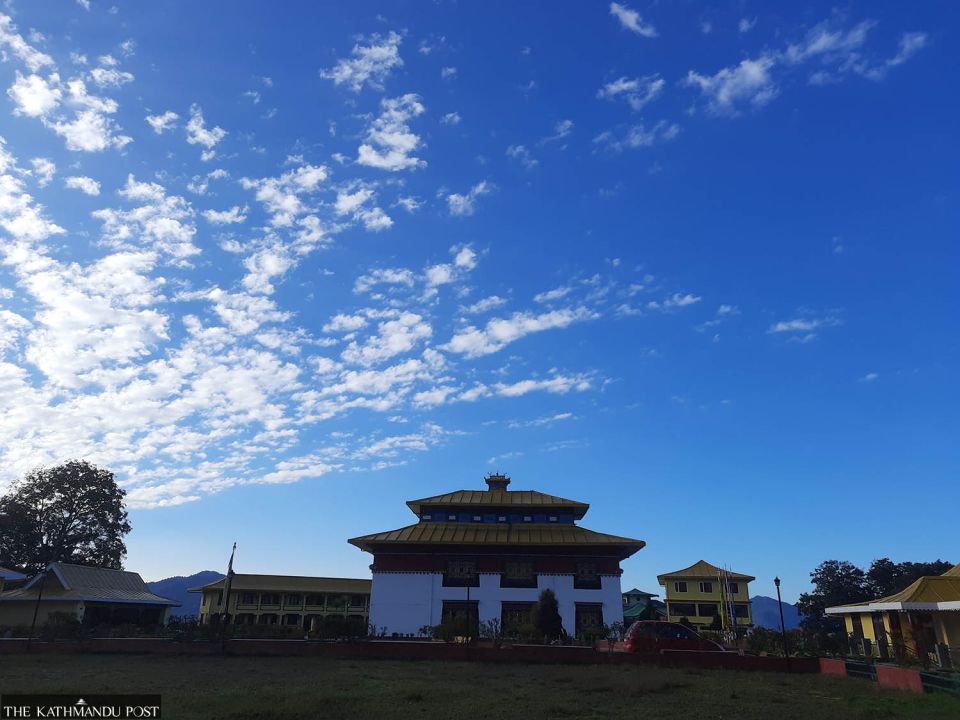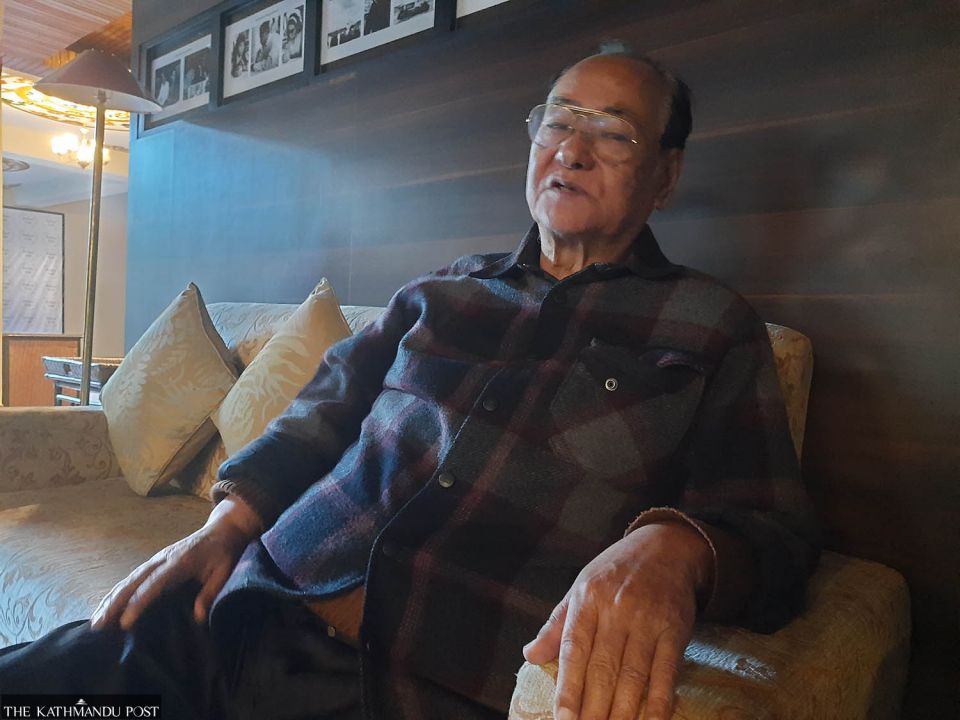
Until 48 years ago, Sikkim was a sovereign nation. After it was merged into India as the latter’s 22nd state in 1975, two schools of thought became prevalent. For some, it was a matter of pride to be a part of India, while others expressed their discontent at the loss of national identity.
The discontent was widespread, especially among the Lepcha and Bhutia communities. Meanwhile, the Nepali community was not as unhappy with the merger.
Fast forward to 2023, the ethnic Nepali population in Sikkim became extremely unhappy after the Supreme Court of India addressed them as “people of foreign origin” during a hearing on January 13. The Sikkimese population has been unable to decide whether the statement was a grave error on the part of the court or a carefully planned propaganda.
“It is in times like these that we are reminded of the importance of a country,” a former minister of the Sikkim government said. “A country must be independent. To be trapped inside a country feels like a caged bird,” he said, on condition of anonymity.
According to DR Nepal, a resident of Gangtok, the capital of Sikkim, the Nepali Sikkimese community is deeply concerned about its identity. “Indians of Nepali origin cannot be termed as foreigners. The Nepali-speaking population is deeply concerned about the kind of rhetoric the use of terminology by the Supreme Court would create,” he said.
Nepal, who spent 16 years working as assistant secretary and special secretary under former chief ministers Nar Bahadur Bhandari and Pawan Chamling, says that despite the court removing the disputed phrase from its records, it has stained the image of the region.
On February 8, a bench of Justices MR Shah and BV Nagarathna modified the court’s earlier remark. The division bench removed the phrase ‘namely the Bhutia Lepchas and the persons of foreign origin settled in Sikkim like the Nepalese’ from the verdict.
“Although the government claims to have resolved the issue, the Sikkim literati believes that the use of the phrase by the court has tarnished the image of the region and will affect the Nepali Sikkimese population in the future,” said Nepal.
Sikkim, a peaceful mountainous state in north India, saw unrest in the days following the verdict.
Both the ruling and opposition parties in the state protested the court’s address. Chief Minister Prem Singh Tamang rushed to New Delhi and held talks with the leaders of the ruling Bharatiya Janata Party (BJP), including party president JP Nadda. He also met Union Home Minister Amit Shah and conveyed his concerns to Indian Prime Minister Narendra Modi, immediately after the apex court’s statement.
Following pressure from the ruling BJP and Prime Minister Modi, the court on February 9 removed the disputed phrase from its verdict.

Harka Bahadur Chhetri, a former elected member of the West Bengal Legislative Assembly, has an interesting take on the issue of the Supreme Court of India calling the Nepali-speaking Indians of Sikkim ‘foreigners’.
Chhetri, who joined the Jana Andolan Party after quitting the Gorkha Janamukti Morcha, said, “In 1642 there was an agreement between Lo-Men-Chong. ‘Lo’ means Tibetan, ‘Men’ means the native Lepchas and ‘Chong’ refers to the Limbus of the region. At that time, the early Tibetan immigrants had come from Tibet and at the same time, the Blood-Brothers Treaty was signed in Yuksom. Limbus were also included in the treaty in the year 1642. Only after 1975 did Sikkim become a part of India. In 1973, when there was a massive people’s movement in Sikkim, 80 percent of Nepalis were in favour of merging Sikkim with India.”
Chhetri said that only the Lepchas were against the notion.
“The Supreme Court of India, a nation that gained independence just 70 years ago, is mentioning the same Nepalis, because of whom Sikkim became a part of India, as foreigners,” said Chhetri. “Nepalis inhabited Sikkim some 400 years ago while the new India was formed just 70 years ago.”
Keshav Sapkota, the general secretary of the Gorkhahit Sarvopari Party, says that the use of ‘foreigners’ tag for Nepali-speaking Indians was unexpected.
“In the past, it was considered normal for some sponsored groups to call Nepali-speaking Indians as foreigners; but it is unusual for the Supreme Court of India to put the tag of foreigners on Indians of Nepali origin,” said Sapkota.
The Himalayan state of Sikkim is home to mainly Nepali, Bhutia and Lepcha communities. Among them, the Nepali population has the majority. These three communities get benefits—one of which is income tax exemption—under the ‘Sikkim Subject Regulations’.
Sikkim receives special protection as per Article 371 (F) of the Constitution of India following its annexation to the Union of India on May 16, 1975, which allows the state to practise all the old laws of Sikkim (nation).
The Marwari and Bihari communities, who had been doing business when Sikkim was a separate country in the 1960s before its annexation, had been demanding income tax exemption along with political rights on par with the Nepalis, Bhutias and Lepchas of the state.
There was widespread dissatisfaction among the old residents of Indian origin, who had been living in Sikkim before the annexation, that they were discriminated against in income tax exemption, after the annexation.
Section 10 (26AAA) of the Indian Income Tax Act, 1961 exempted Bhutias and Lepchas from Sikkim, along with the Nepali-speaking majority, of the obligation to pay income tax.
The section of the Income Tax Act is the provision that provides tax exemption to members of Scheduled Tribes residing in specified areas.
Following the discontent, the families of people of Indian origin who have been living in Sikkim for a long time formed an association and were organising protests against the discrimination from time to time.
In 2013, the organisation, the Association of Old Settlers of Sikkim (AOSS), filed a case at the Supreme Court demanding tax exemption.
A decade later, the Supreme Court on January 10 ruled in favour of the organisation and ordered the state to provide the settlers of Indian origin the same rights as Nepalis, Bhutias and Lepchas.
And in one of the points of its judgment, the Supreme Court had termed the Nepali-speaking Indians in Sikkim as ‘foreigners’.
Sikkim is the only state in India ruled by Nepali-speaking Indians. Since its annexation, the state has elected six chief ministers and of them, five have been Nepali-speaking Indians.

According to Sonam Wangdi, former chief secretary of Sikkim, the Sikkimese became politically aware of republicanism in the 1970s. A majority of people were in favour of establishing a republic system by dethroning the monarch. “We, despite the atrocities from the state, urged people to cast votes against the monarchy. It was our compulsion then. Otherwise, India would have finished us off,” recalled Wangdi who was the district magistrate at the time of Sikkim's merger with India in 1975.
There were more than 97,000 registered voters in Sikkim then. A total of 61,133 exercised their franchise. A whopping 97.55 percent votes were cast to remove the Chogyal (King) and merge Sikkim with India. With the then president of India Fakhruddin Ali Ahmed on May 15, 1975 ratifying an amendment to the Indian constitution, the independent and sovereign Sikkim became the 22nd state of India.
Brajabir Saran, then India’s political representative in Sikkim, writes in his famous book ‘The Sikkim Saga’ that the dissolution of Sikkim was a must for the national welfare of India and that the people accomplished the mission.
Former chief minister Nara Bahadur Bhandari was one of the politicians who spearheaded the republican Sikkim movement. Making Sikkim a republic by dethroning the monarch was the main agenda when the movement was launched in 1974. According to Professor Satyadeep Chhetri, Bhandari, who led the republican movement, won the election with his slogan of “Will bring the country back”.
Bhandari formed the Sikkim Janata Party in 1979 that won 16 seats in the Vidhan Sabha (state legislative assembly) elections. He formed the government after getting the support of an independent candidate. Bhandari was termed an anti-India politician.
After quitting Sikkim Janata Party, Bhandari registered a new political party named Sikkim Sangram Parishad in 1980. By winning the polls in 1984 and 1989, he ruled Sikkim as chief minister for 15 years. He was once elected to the Lok Sabha [Indian lower house] as well.
“The government suppressed the movement that ran for about a month and a half. Some people were killed in the atrocities. The physical damage was unaccountable. Actually, it was a premeditated movement which was hatched by India. Sikkim was annexed by orchestrating the movement at the behest of India,” said Wangdi.
DR Nepal, who worked with previous chief ministers of Sikkim, was in his early 20s when the referendum was conducted in Sikkim on whether it should merge with India. “Around 80 percent of the people of Sikkim voted for the annexation. We cannot officially reject it. People may have different personal views. Many people might have thought that it was not a good move. A referendum was held and the Sikkimese Nepalis voluntarily chose to annex Sikkim to India,” said Nepal.
Meanwhile, a language movement commenced from Dehradun on January 18, 1956. A memorandum was submitted to India’s first president Rajendra Prasad seeking the constitutional rights of the Nepali-speaking people. The language movement continued for about 36 years. Former chief minister Nar Bahadur Bhandari led the last phase of the language movement in 1990-1992.
According to Rudra Paudel, the chairman of the Nepali Sahitya Parishad in Sikkim, the Nepali language was recognised in the eighth schedule of the Indian constitution after the nationwide language movement led by Sikkim. “The leadership should be given due credit for leading the movement that recognised Nepali in the Indian constitution,” said Paudel.
According to him, Karma Thopden was in Rajya Sabha [Indian upper house], Dil Kumari Bhandari was in Loksabha and Nar Bahadur Bhandari was the chief minister of Sikkim in 1992. As a result, the central government had a tough time suppressing the language movement. “People of Nepali origin, Bhutia and Lepcha reside in Sikkim and Nepali is largely used as a common language. The lingual awareness about Nepali is more in Sikkim than any other state in India,” said Paudel, who is associated with the language movement in Sikkim.
The Nepali language movement had weakened during the Gorkhaland movement led by Subash Ghising in the 1980s. In a bid to revive the Nepali language movement, Bhandari organised Akhil Bharatiya Nepali Bhasha Sammelan (All Indian Nepali Language Conference) in Gangtok on June 11-12, 1990. The conference had been the cornerstone for the recognition of the Nepali language. The conference formed the Bharatiya Nepali Rastriya Parishad under the leadership of Bhandari. “The language movement became a national movement due to the good leadership of Bhandari. Finally, it was constitutionally recognised,” writes Subas Sotang in his book “Language Movement: History and Achievement”.
According to CK Shrestha, another campaigner of the language movement, Darjeeling led the Nepali language movement which was initiated by Aanand Singh Thapa in Dehradun. Then Sikkim successfully took the movement to its logical end. “The Nepali language was included on Schedule 8 of the Indian constitution on August 20, 1992,” said Shrestha.
For now, Sikkim has returned to its former peaceful state. Had the central government not acted promptly, the protests and uproar would have taken an ugly turn, says Prakash Adhikari, a Sikkim-based journalist.
“If the central government had not acted on time, 1.5 million Nepali population in India would have taken to the streets to protest,” said Adhikari.












